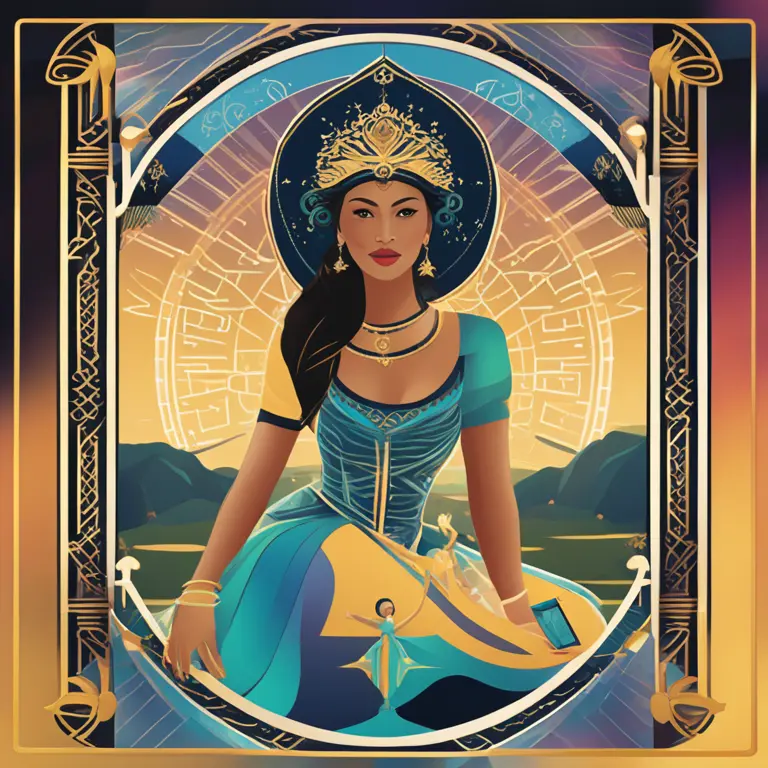
The Essence of Tarot Cards
At its core, tarot is a form of divination, using a set of cards to gain insight into the past, present, or future. These cards are rich in symbolism and have been used for centuries as a tool for introspection and the exploration of potential outcomes. Each tarot deck consists of 78 cards, divided into the Major and Minor Arcana. The Major Arcana includes 22 cards representing life's significant karmic and spiritual lessons, while the Minor Arcana comprises 56 cards that reflect the trials and tribulations of everyday life.

The Reading Process
When conducting a tarot reading, a reader will shuffle the deck and lay out cards in a specific pattern, known as a spread. The position of a card in the spread provides context to its meaning, which can vary depending on whether the card appears upright or reversed. The reader combines their intuitive insights with the traditional interpretations of the cards. This practice is more about accessing the reader's subconscious and allowing for contemplation rather than predicting a fixed future.

Intuition and Archetypes
Tarot delves into the realm of the unconscious, drawing on archetypes that Carl Jung identified as universal, primal symbols. These archetypes resonate with our collective unconscious and are familiar to all of us on a deeply inherent level. A tarot reading calls upon these shared symbols, stimulating the intuition of both the reader and the querent (the one receiving the reading). This shared space of understanding often contributes to the sense of relevance and personal connection many experience during a tarot session.

Modern Day Tarot
In the digital age of 2024, tarot has transcended the physical and entered the virtual realms. With online tarot readings and digital decks, these age-old practices have been adapted for contemporary seekers of wisdom. This evolution continues to facilitate personal insight and guidance, maintaining the practice's popularity. Despite the changes in the medium, the essence of the tarot remains the same, tapping into patterns of energy and the connectedness of all things.
The Skeptic's Viewpoint
Critics of tarot often point to the psychological effect of the Forer effect, which suggests that individuals will find vague, general statements highly accurate due to their personal interpretation. This phenomenon plays a significant role in why people of various backgrounds find meaning in tarot readings, even though the cards hold no scientific evidence for providing specific or accurate forecasts. Readers advocate that the value of tarot lies less in predicting the future and more in providing clarity and perspective.
Learning Tarot Reading
For those interested in learning the art of tarot reading, the journey begins with understanding the symbolism of the cards and the structure of the deck. Many modern tarot readers use the practice as a means for self-reflection or meditation rather than fortune-telling. Classes, books, and online resources abound in 2024, providing accessible ways for beginners to familiarize themselves with the tarot and its uses. With ongoing practice, the interpretation of the cards becomes more intuitive and personalized for each reader.
Published: 2/8/2024
Modified: 2/8/2024
More predictions
Come back here soon to learn more about yourself and your future


The Zodiac Constellations: Celestial Insights and Personal Projections
Delve into the world of zodiac constellations and how they provide profound insights into personality traits, life events, and astrological forecasts for 2024 and beyond.


The Cancer Zodiac Profile: Insights & Characteristics
Discover the deep emotional world of Cancer, the fourth sign in the zodiac, revealing their traits, compatibility, and future prospects for 2024 and beyond.


The Zodiac Libra: Balancing Beauty and Justice
Dive into the harmonious world of Libra, the zodiac sign of balance and beauty, as we reveal what makes Librans unique in astrology.